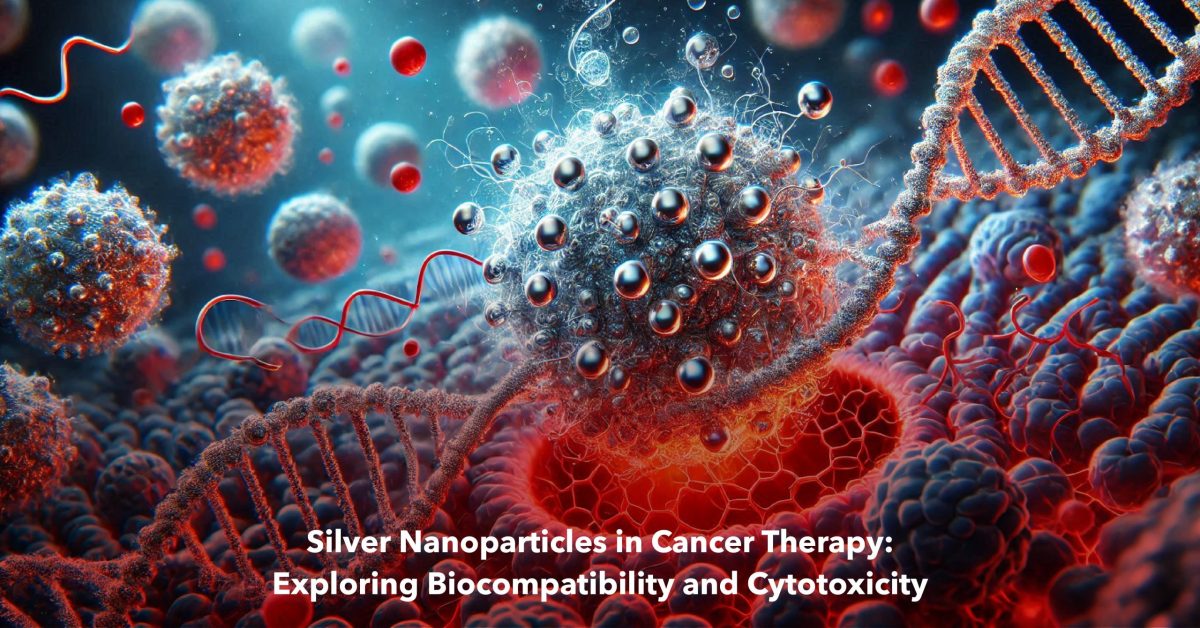Introduction
Cancer is still considered one of the major threats to human health and life, and the need for new, efficient treatments never ceases. Conventional external beam radiation in combination with chemotherapy has advanced patient prognosis care but exhibits drastic adverse effects and poor target selectivity. Here enters nanotechnology, a new and fascinating area in medicine. This paper focuses on the synthesis of silver nanoparticles (AgNPs) as a potential agent in cancer therapy because of their minimal toxicity, specificity in cancer cell killing, and eco-friendly synthesis techniques. This article focuses on the aspect of cancer therapy and here takes up a detailed study of the distinctive ability of silver nanoparticles and their biocompatibility and cytotoxicity in different contexts to contribute to the set development of cancer therapy.
The Promise of Silver Nanoparticles in Cancer Treatment
The antimicrobial properties of silver nanoparticles are well explored, but the uses of nanoparticles are not limited to infection control. In cancer therapy, there is a great resource in the inherent characteristics of the AgNPs, including size, shape, and surface charge. These nanoparticles can be designed to attack cancerous tissues with little interaction with healthy ones, hence reducing the harm to the healthy tissues. Also, they can be obtained through green processes, which include plant origin, microorganisms, and fungi, making these nanomaterials more attractive for medicinal use.
Thus, one of the major remarkable properties of AgNPs is the capacity to provoke apoptosis of cancer cells through ROS production and DNA fragmentation. This mode of action makes it possible to achieve a more selective action on tumor cells, excluding systemic toxicity—side effects typical of traditional treatments. Moreover, since it almost has no side effects on healthy cells, the nanocarriers are very effective in cancer therapies.
